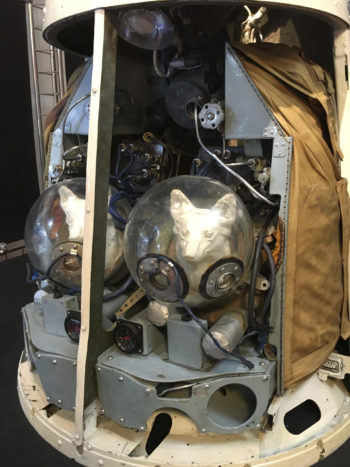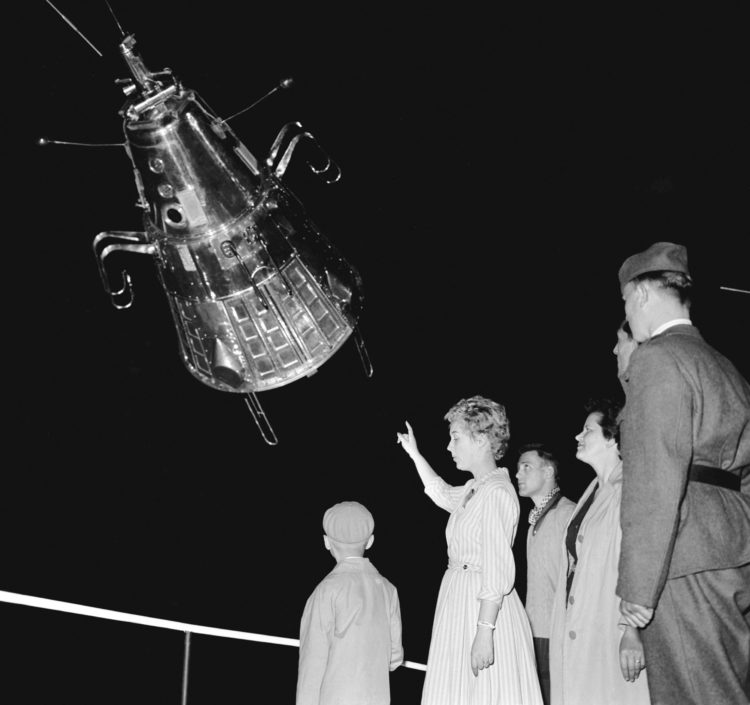I'm not sure why a New Yorker story from November 2017 showed up in my social media feed in recent days, but I'm glad it did.
I'm from the generation that was raised on the romance and courage of the space race. I was 9 when President John F. Kennedy promised we would go to the moon. I remember where I was when Alan Shepherd was the first American to travel in space, John Glenn the first to orbit, and Neil Armstrong the first to step onto the deep dust of the moon — making good on Kennedy's pledge. I remember my Cold War-era fears about talk of Sputnik and the space race with the Soviets. I was in a funky motel in January 1986, writing a story on deadline, when I saw the shuttle Challenger explode. I'm not a big sci-fi fan, but can't get enough of "Star Trek" and "Star Wars" and "The Right Stuff" and "The Three Body Problem" trilogy by Chinese author Liu Cixin.
For all that, the depth of my information is limited, probably because it was absorbed through that romantic lens. So I was pulled in by the headline: "Remembering Laika, Space Dog and Soviet Hero."

It's a tight essay by Alex Wellerstein, a science historian who teaches at the Stevens Institute of Technology. His apparent passion, evident in his Restricted Data blog, is explaining information about events in the nuclear age. The New Yorker piece expands on the story of Laika, the canine cosmonaut who rode to space in 1957 in Sputnik 2 and was hailed a hero.
Warning to those who can't abide stories that involve cruelty to animals: The real story of Laika, as Wellerstein tells it, is far darker than the celebratory tales of the time. As such, it serves as yet another example of the dangerous powers of narrative when used as propaganda.
But within that painful, fact-based truth, Wellerstein manages to lay a powerful moment of metaphor. He is writing about how Laika really died — information that was released in 2002 when Russian scientists went public with Sputnik 2's flawed cooling system. The result: Laika probably died soon after entering orbit and then was carried along for months until the space capsule fell to Earth.
It remained in orbit for five months with Laika inside, then plunged into the atmosphere and burned up over the Caribbean, a space coffin turned shooting star.
By the way, painful as the 1950s reality was, Wellerstein's essay also reveals an expanding universal awareness of humanity — one that honors other creatures.



